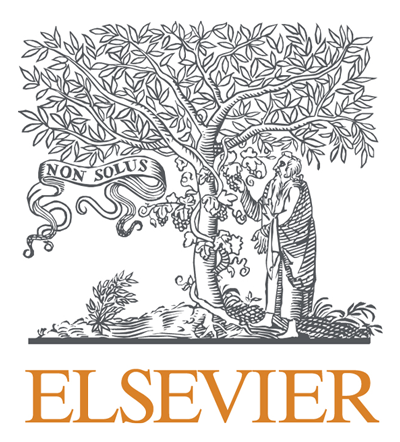Multi-objective optimization for building a smart pole system with multi-functional coverage
Topics:
Keywords: smart poles, spatial optimization, multi-service coverage, smart city
Abstract Type: Paper Abstract
Authors:
Sejin Park, Seoul National University
Gunhak Lee, Seoul National University
,
,
,
,
,
,
,
,
Abstract
Smart poles have multiple functions such as intelligent CCTV, streetlights, parking
management, emergency calls, and electric vehicle charging, so they can provide integrated
smart services to citizens’ lives. Smart poles are also key facilities for the smart city to
improve safety, welfare, environment, and citizens’ convenience. Although the efficient spatial configuration of smart poles are critical for fully covered services through the city, it is not easy to make better solutions because various multi-functional devices have their own service coverage and operational requirements. Therefore it requires more complex design for the optimal locations of smart poles. In this study, we introduce the multi-objective optimization problem for the smart pole system based on the multi-functional coverage. Specifically, the suggested model maximizes the connection of Wi-Fi access points for wireless communication between smart poles and simultaneously ensures the maximum coverage of public CCTV and lighting. Both objectives are generally in conflict. That is, optimal locations for the maximum coverage of surveillance and night-light may make smart poles sited in a dispersed manner, while the maximum connectivity between smart poles should be possible in a
meshed network with a limited separation. As an empirical example, we present an efficient smart pole system solution in a smart city of Korea. It is expected that optimal spatial configurations for the smart poles that combine ICT technology in smart cities will increase the competitiveness of cities and
create safer and more pleasant lives for citizens.
Multi-objective optimization for building a smart pole system with multi-functional coverage
Category
Paper Abstract








